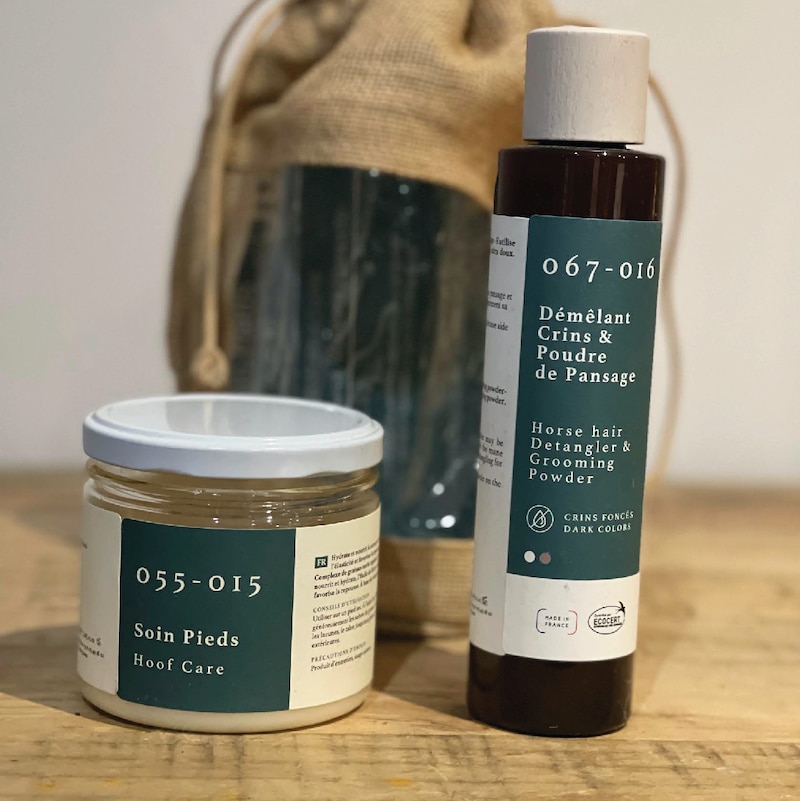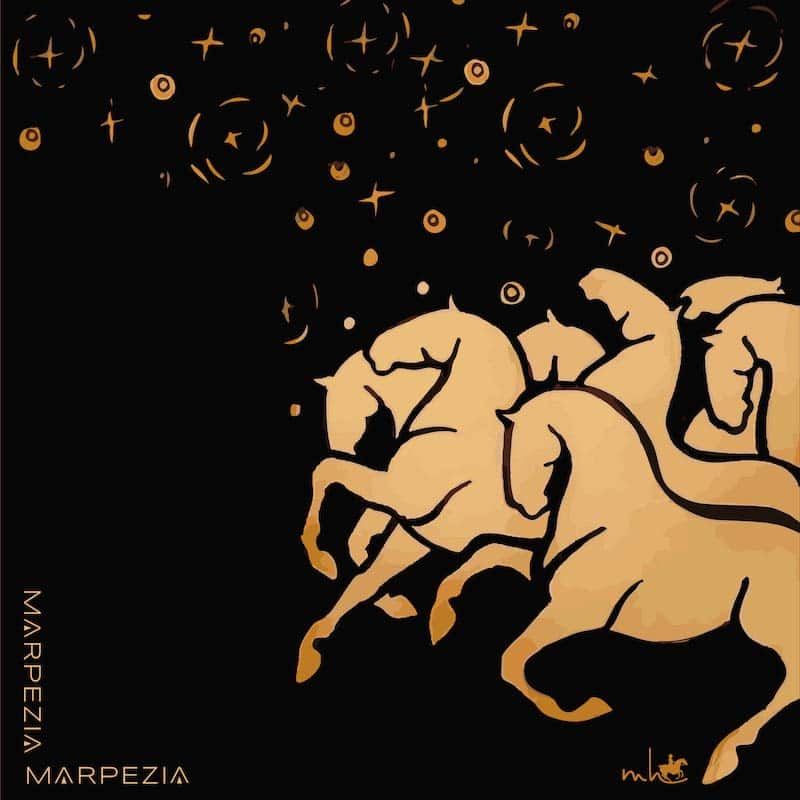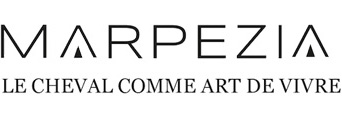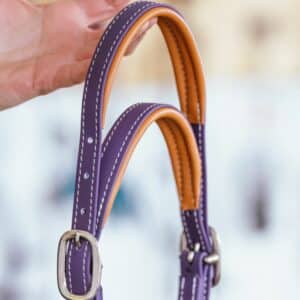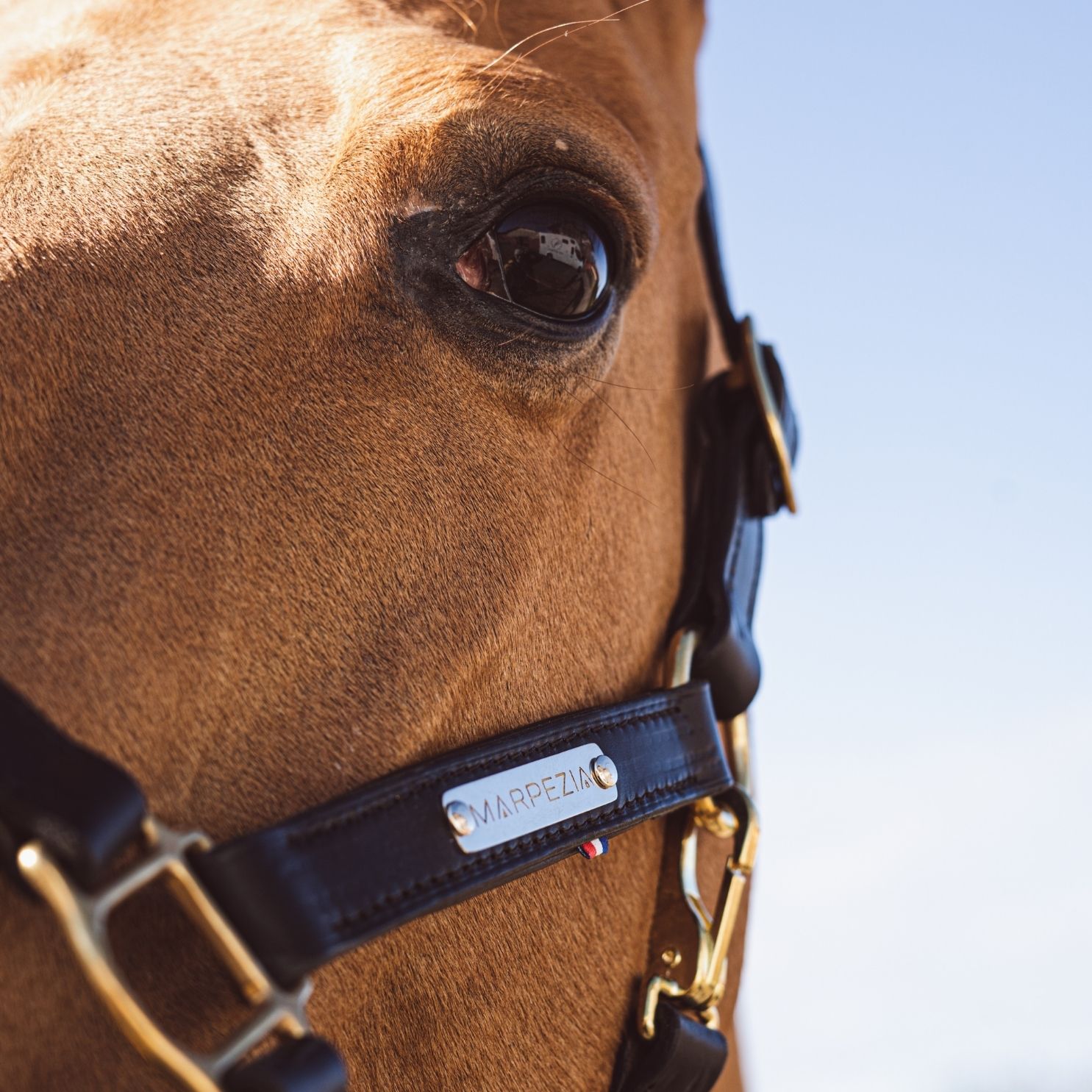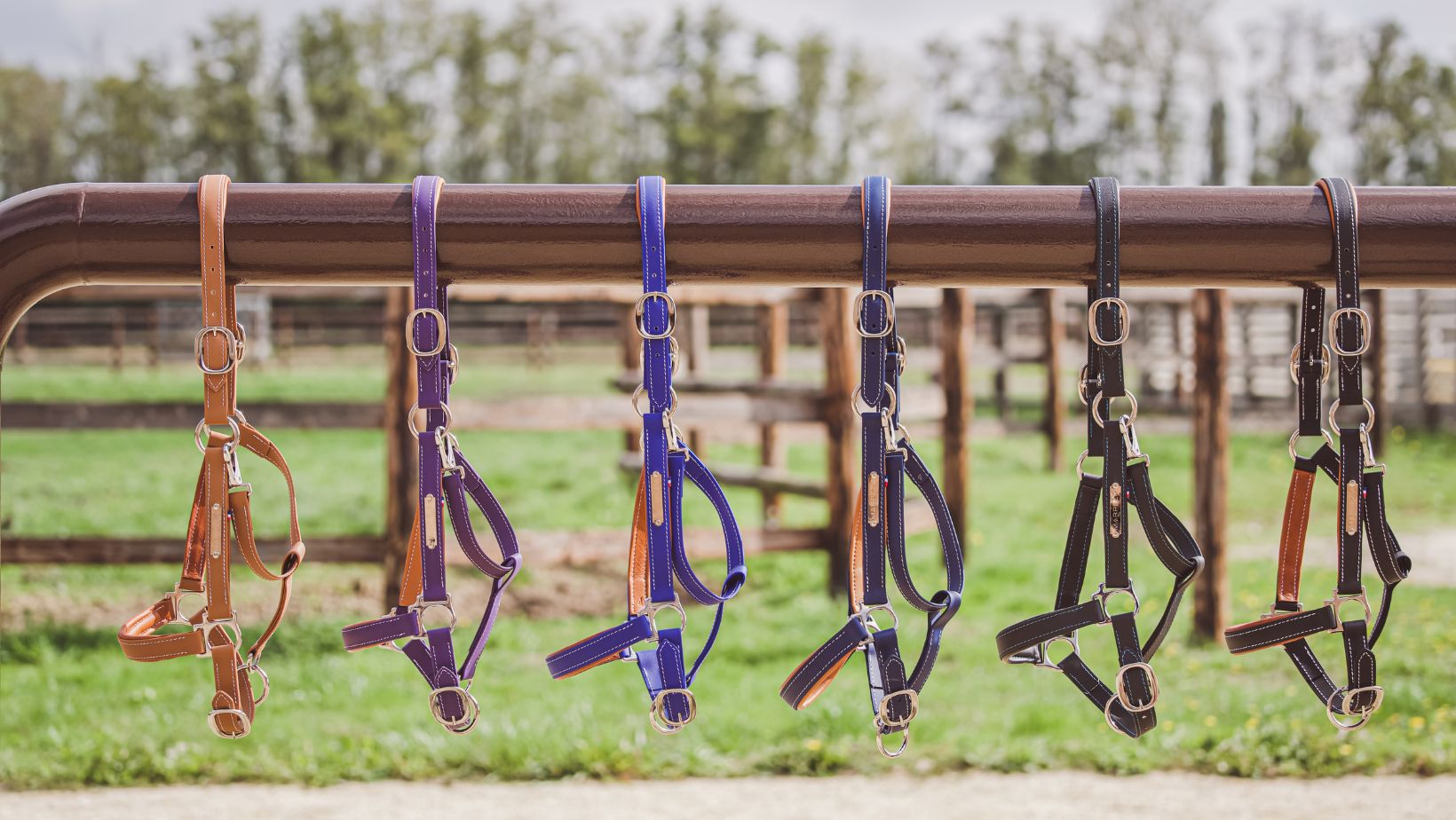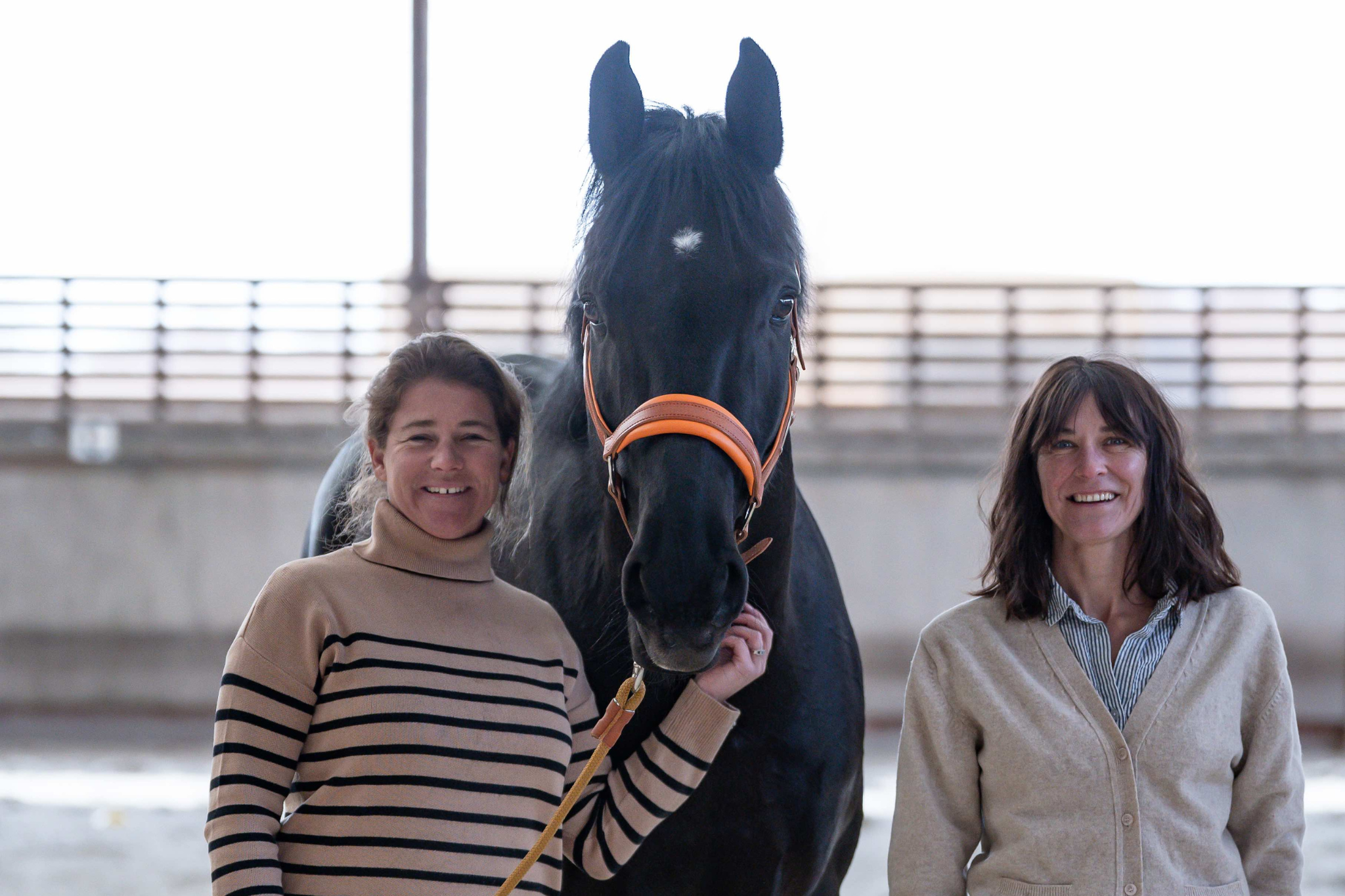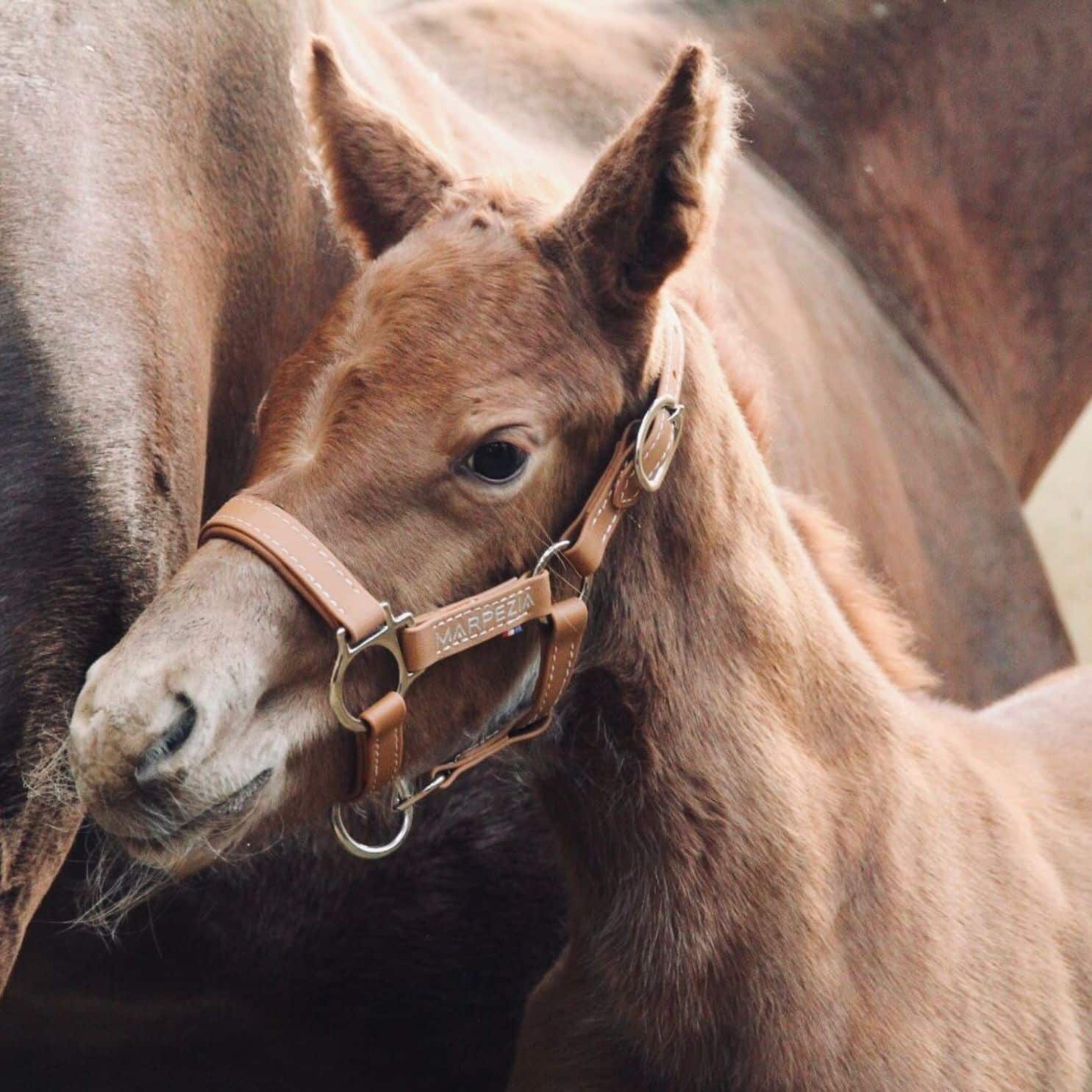
The ideal halter for your foal
Choose the adjustable foal halter for its well-being and safety
Welcoming a foal into your life is a moment of joy and excitement, marking the beginning of an adventure filled with moments of companionship and mutual learning. Among the first essential steps in the education of your young companion is the introduction to wearing a halter, a fundamental stage that lays the groundwork for communication and respect between the horse and its owner. However, choosing a halter for a foal is not taken lightly. It’s not just a matter of size or color, but rather a decision that directly influences the well-being and safety of your foal, as well as the effectiveness of your future interactions.
An inappropriate halter can not only be uncomfortable for the foal but also potentially dangerous, hindering its learning and growth. Conversely, a well-chosen halter facilitates the teaching of the foal’s first life lessons, such as leading, respecting personal spaces, and responsiveness to cues. It becomes an invaluable educational tool, strengthening the bond of trust and mutual respect that will develop between you.

Choosing a halter for a foal requires special attention to safety, comfort, and adjustable size to accommodate its growth. Here are some tips for making the right choice:
Material: Preferably choose a soft material. At Marpezia, we use biothane: durable, highly resistant, and lightweight. It requires no maintenance and can be easily cleaned with soapy water. It is resistant to UV rays and does not lose its color over the years.
Size and adjustability: Choose a halter specifically designed for foals or an adjustable halter that can adapt to your foal’s growth. It is crucial that the halter is neither too tight, to avoid rubbing and discomfort, nor too loose, to prevent the foal from getting caught or removing it.
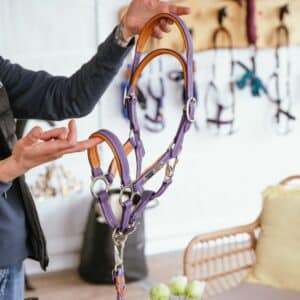
- Comfort: Look for halters with padding on the noseband and poll to provide additional comfort, especially if the halter is worn for long periods. This is the case with our Marpezia halter specifically designed for foals: It features a padded leather poll piece, which ensures the horse’s comfort by reducing pressure points. This padded poll piece significantly reduces the tension and pressure that can occur when tied.
- Education and Handling: For a foal, the halter is also a tool for education. The Stravinsky foal biothane halter is specially designed to accompany the foal from a young age. It comes with a short lead rope, ideal for initial handling.
In summary, choosing a halter for a foal should consider its safety, comfort, and ability to adjust to its growth.
What size halter for a foal?
Usually, the size of the halter for a foal depends on its breed, age, and individual growth. Here’s a general guide to sizes that could help you choose the right halter for your foal:
Mini: For very small foals, such as those of miniature breeds, from birth to a few months.
Shetland or Pony: Suitable for foals of small breeds, from the first months to around 6-12 months, depending on the breed and individual growth.
Cob: For foals of medium breeds or for young horses that have outgrown the pony size but are not yet large enough for a horse size halter.
Horse: Suitable for foals of large breeds or those who have reached a size close to that of a small to medium-sized adult. This size may be suitable from 6-12 months for larger breeds.
Custom fit: This is what we offer at Marpezia!
We know that a foal’s growth can be rapid, and it is essential to be able to adjust the size of the halter as it grows. We offer two models: a birth size for the first few weeks or for mini foals, and an adjustable and highly adjustable foal model. It comes in 5 colors: Beige, Electric Blue, Navy Blue, Black, and Purple.
A well-fitted halter allows you to place two fingers between the halter and the foal’s skin along its entire length, ensuring both safety and comfort.

Here are the translated steps:
Introducing the Halter:
Getting your foal accustomed to wearing a halter is an important part of its education that requires patience, consistency, and a gradual approach. Here are some steps to guide you through this process:
1. Habituation: Start by getting the foal used to your presence and being touched all over its body. Spend time with it, gently stroking its head, neck, and body, so it learns to trust you and become comfortable with human contact.
2. Introduce the Halter: Let the foal see and smell the halter before attempting to put it on. You can let it explore the halter with its nose. The goal is to familiarize it with the object without eliciting a fear response.
3. Touching with the Halter: Gently touch the foal with the halter, starting with areas where it already feels comfortable being touched. Gradually move the halter towards its head and around its neck without trying to put it on. Reward each positive interaction with gentle strokes or small treats.
4. Putting on the Halter: Once the foal is comfortable with the halter touching it, you can begin to gently slip it over its head. Make sure the halter is properly fitted and comfortable. It is crucial to proceed slowly and remove the halter immediately if the foal seems uncomfortable or frightened, then try again later.
5. Repetition and Positive Reinforcement: Repeat the process several times over different sessions, always maintaining a calm and patient attitude. Use rewards and encouragement to positively reinforce the desired behavior.
6. Walking with the Halter: Once the foal accepts the halter and feels comfortable wearing it, you can begin to teach it to follow you on a lead rope. Start in a safe and familiar area for the foal. Use rewards to encourage and guide its movements.

Additional Tips:
1. Be patient and consistent. Every foal is unique and learns at its own pace.
2. Keep sessions short to avoid stressing or tiring the foal.
3. Always end on a positive note, even if it means going back to a step where the foal feels comfortable before finishing the session.
4. Safety first. Ensure that the environment is safe for the foal and for yourself during training.
By following these steps and being attentive to your foal’s reactions, you will teach it to accept the halter in a positive and safe manner, laying the foundation for a relationship based on trust and mutual respect.
